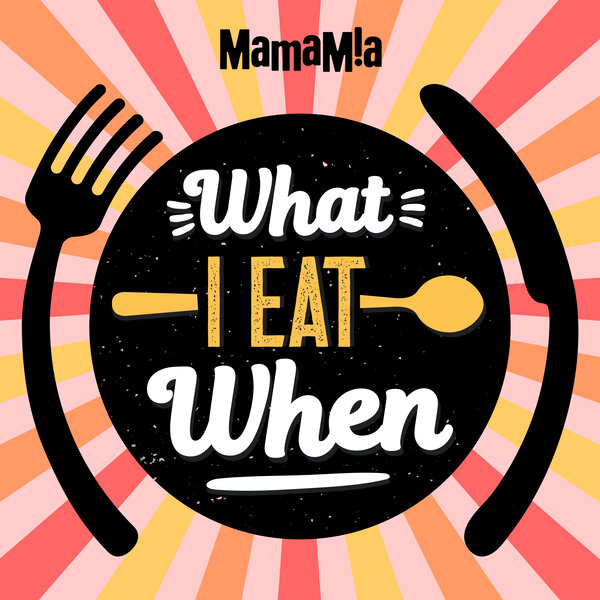UPDATE: A spokeswoman for Australian Dairy Farmers told Mamamia even if a brand was not Australian-owned, you were supporting local farmers by buying their products because they used Australian milk. This is the case with labels included in the below graphic such as Anchor and Mainland (NZ-owned), Great Ocean Road (Canadian-owned), Pauls (Italian-owned) and more.
“Our key message is to support farmers. What that means for consumers is buying branded products. Australian dairy farmers produce milk for all of these branded products – even if the label isn’t Aussie owned – so you are still supporting our farmers,” the spokeswoman said.
And while companies like Fonterra and Murray Goulburn are embroiled in the milk price cuts, boycotting their products does nothing to help the huge proportion of farmers connected to them. As consumers, we shouldn’t be punishing the farmers who need our help the most. Realistically, the more shoppers buy branded dairy, the more we can show people are willing to pay a little more for their milk.
EARLIER: Australia's dairy farmers are in deep crisis and they need our help.
Dairy farmers are fighting to keep their businesses alive and families fed as drastic price cuts put them on the cusp of financial ruin.
The good news is there are ways us regular city folk can lend them a hand to keep them above water. We simply have to stump up a few extra cents by swapping our regular purchases for Australian, branded milk, cheese and yoghurt.

Top Comments
The industrialised production of milk is unbelievably cruel. I don't consume dairy in any form unless its from a boutique small farm and I know the cows or goats do not have their calves taken away from them after 12 hours and shot or sledge hammered to death. Here are some facts about the dairy "industry" and the price paid by lame cows with chronic mastitis and unaturally short lives:
"Pushed to their physical limits, mother cows become susceptible to painful diseases like lameness6 and mastitis. Standard
on-farm mutilation practices such as tail docking, disbudding and
dehorning also cause her and her offspring severe pain and distress, and can be performed without pain relief in some jurisdictions.
In as little as seven or eight years, milking cows become worn out
and when their milk yield falls, or they have repeated bouts of mastitis or lameness, they are slaughtered.
Forced pregnancies
Like other mammals, a mother cow must give birth in order to produce milk. To ensure she continues to produce high volumes of milk throughout her short life, a dairy cow is forcibly impregnated so that she gives birth to a new calf every 13 months.
Typically, her calf will be taken from her within just 12 hours of birth. Separation can be stressful for both mother and calf, as a strong maternal bond can form between them in as little as five minutes. Over the days following separation, a mother cow can bellow day and night in search of her calf, often returning to the place where the calf was last seen.
This perpetual cycle of impregnation, birth and separation is an
inherent part of dairy production. While the calf is only made to suffer separation once, the current practices of the dairy industry forces mother cows to endure this process repeatedly simply to ensure her milk yield remains high.
Calves as waste products
As a result of these forced pregnancies, every year hundreds of
thousands of calves are born into the dairy industry. While a proportion of female calves are kept as replacements for the milk producing herd, those females who are not required and the male calves are considered ‘wastage’ and are slaughtered shortly after birth.
Each year around 450,000 unwanted dairy calves (known as bobby calves) are born and either killed on-farm or sent for commercial slaughter within just five days of being born. The
vast majority of calves are separated from their mothers, given a last feed and then loaded onto trucks bound for sale yards and
slaughterhouses for use in pet food, leather goods, the pharmaceutical industry or for veal.
Those calves who stay on-farm can be slaughtered by chemical
euthanasia, the use of a firearm or stunning by a captive bolt.
Alarmingly, a newborn calf can also be killed by striking their head
with a blunt instrument, such as a hammer, in a number of Australian jurisdictions. If the calf still shows signs of life, farmers are advised to compress the chest wall with a fist, shoot them in the head or take a knife to their neck or chest.
https://www.voiceless.org.a...
I hate these industrialized production of milk as well. Just don't understand how people can stand to have the government dictate their food and force people to buy the branded milk from supermarkets. I am searching for a boutique farm \like you have mentioned. Can you please give some leads. The one I was getting from was bought over and am at a complete loss now :(
Who made this list the thieving milk companies.
All milk in Australia is produced in Australia however NOT all milk companies are for helping Aussie farmers and some of these ones are the cause of the industry being in jeopardy in the first place only purchase farmer friendly milk from local or farm direct suppliers